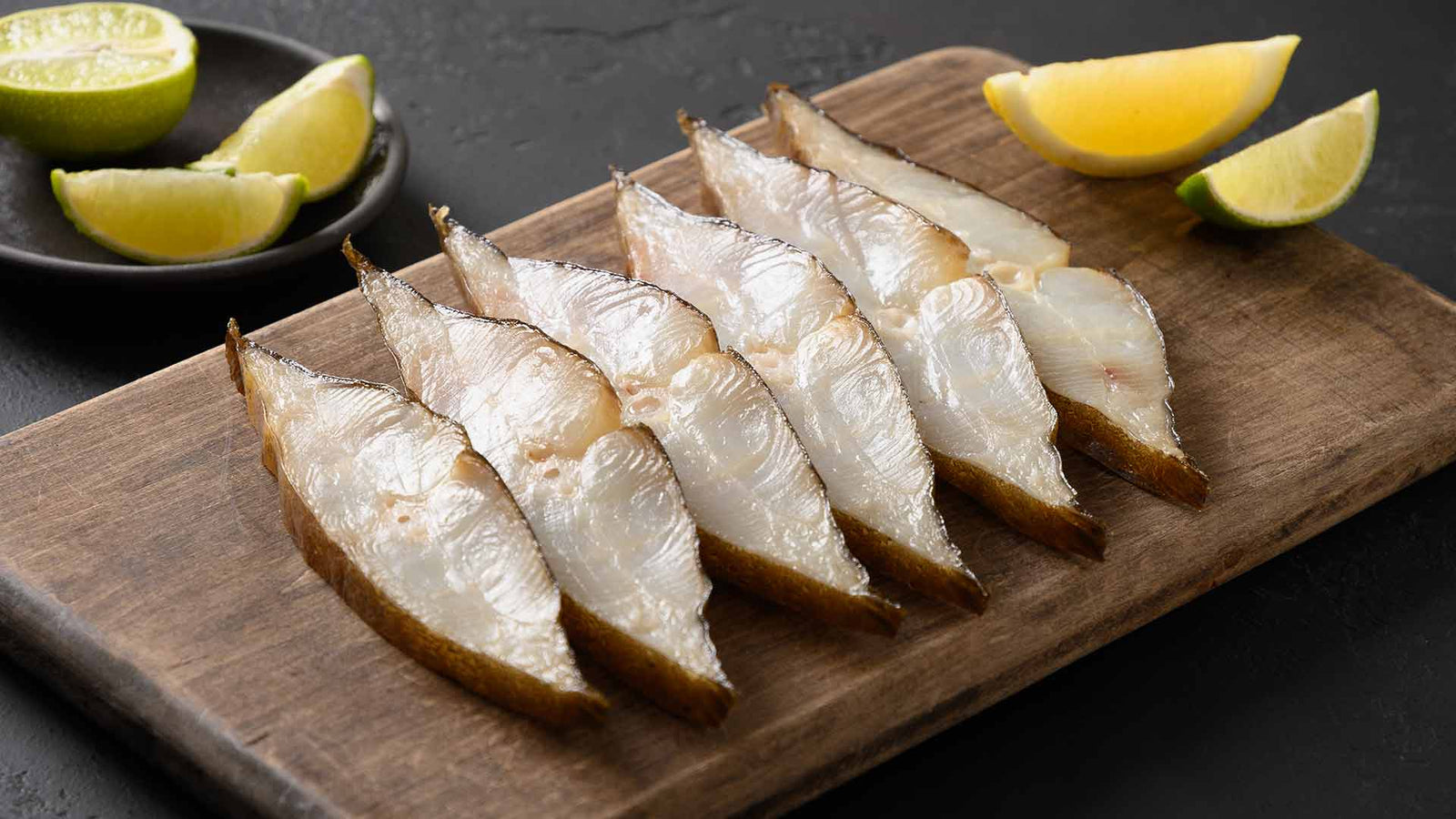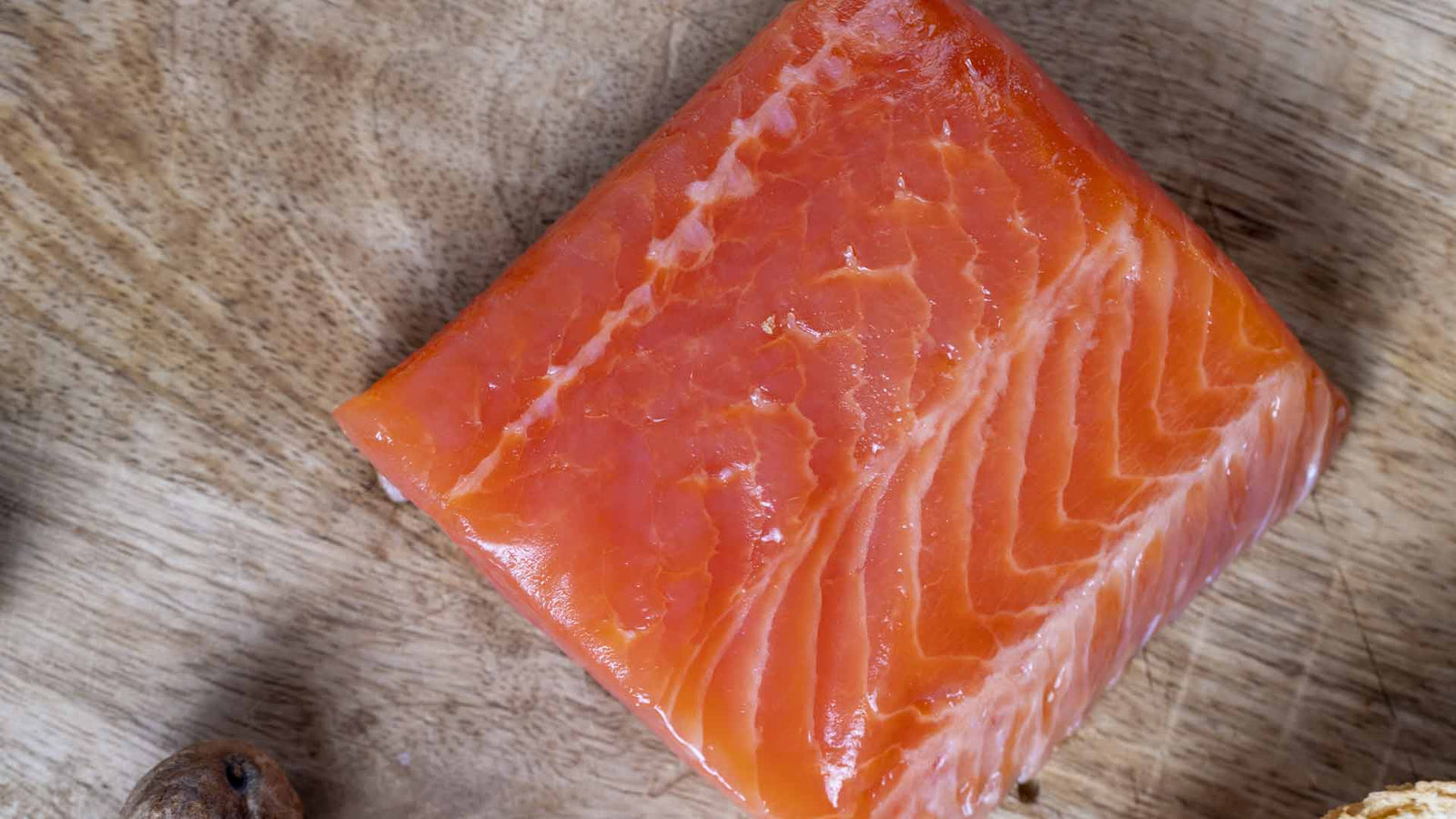
Everyone enjoysAlaskan Halibut. Its substantial, meaty flesh has earned it the moniker "Prime Rib of the Sea." Halibut has the delicate and mild flavor of flounder but is substantial enough to withstand any cooking method: grill it, fry it for fish sandwiches or tacos, or serve it in soup... how ever you prepare it, we guarantee you'll like Kohne Family Seafoods wild Alaskan halibut.
But how much do you know about halibut?
Here are some fascinating halibut facts. Okay, perhaps astounding is a bit overboard. They are, nonetheless, rather intriguing. Continue reading:
Sacred or Holy Flatfish!
Butte was the Middle English name for flatfish. During the Middle Ages, fish was frequently eaten instead of meat on holy days. For the holy days, the most favored fish was the biggest species of flatfish, or "butte." As a result, this specific fish became known as halybutte in Middle English, which means literally "holy flatfish," from haly, a form of holy, and butte. The spelling has been modified tohalibut in contemporary English.
Flattening is flattering for halibut.
Pacific halibut is the world's largest flatfish, yet they begin their lives as tiny larvae, swimming upright like other fish with one eye on each side of their heads. However, at around 2.5 cm in length, the left eye shifts to the right side, and the halibut settles upon the bottom at the age of six months. Pacific halibut are virtually invariably right-eyed, which means that both eyes and brown pigmentation are on the right side of the fish. The upper, brown-pigmented side conceals the fish from above, while the lower, white side protects it from below. This is known as "countershading."
Halibut are enormous.
Halibut may weigh up to 500 pounds. That's greater than the size of a fully grown silverback gorilla. The official Pacific Halibut record is 459 pounds. A 482 lb one, on the other hand, almost missed the record book because it had to be shot to protect the crew aboard the boat, breaching the official guidelines.
Halibut liver has more "cod liver oil" than cod liver.
Cod liver oil, a good source of vitamins A and D, was used for Rickets prevention in the 1800s.
However, when 11 Dutch fishermen captured a really huge halibut off the coast of Norway in 1969, rickets was the last thing on their thoughts. The fish's liver was enormous enough to feed all of them; one even ate almost two-thirds of a pound. They were nauseated quickly, their skin grew red and swelled, and the next morning their skin began to peel off in sheets. They were actually suffering from Fish Liver Intoxication or an excess of Vitamin A. That is a real phenomenon. The person who had 2/3 pounds of halibut liver consumed the equivalent of 2,000 multivitamin tablets (about 30 million units of vitamin A)! We don’t offer the liver, but given the chance to eat it I would only try a small bite!

